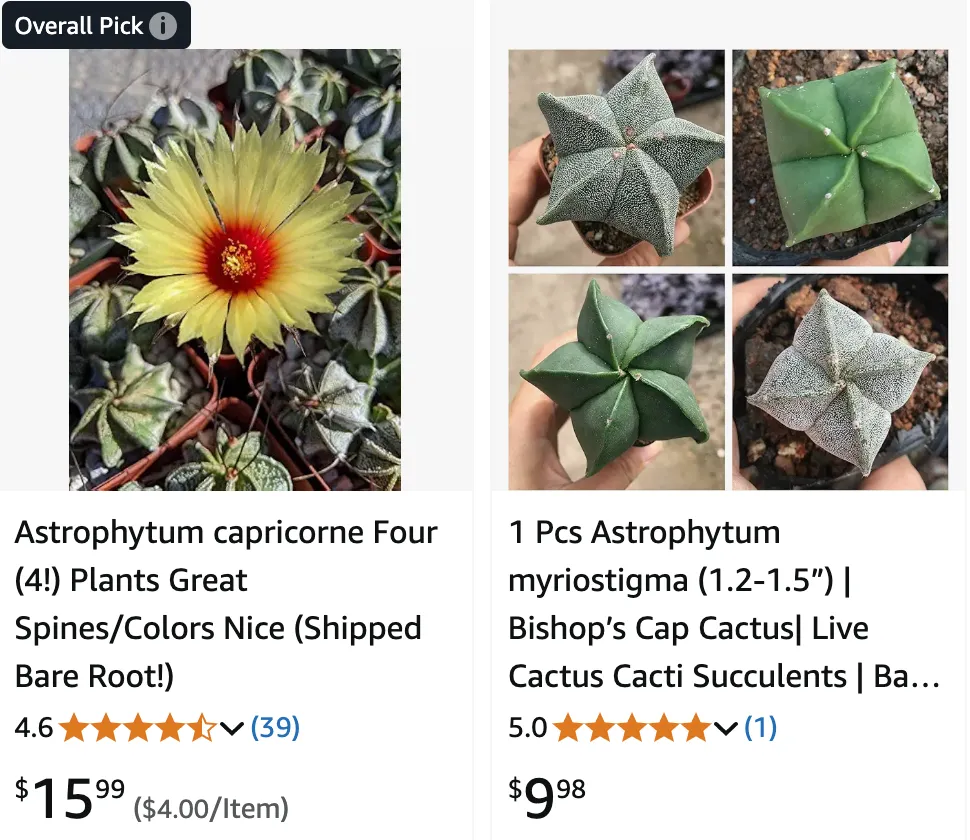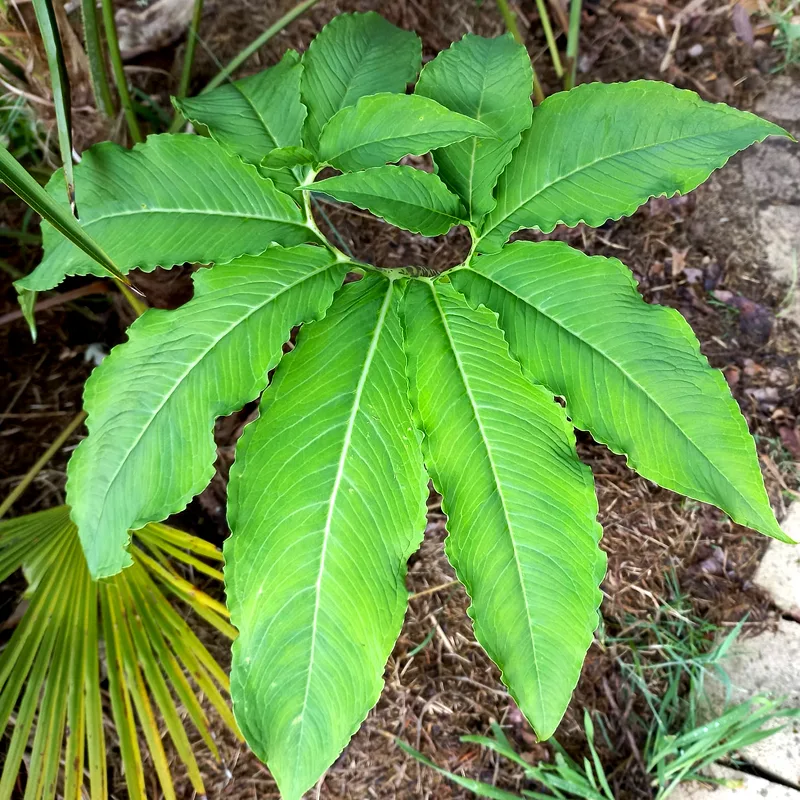
October 28 – Astrophytum
"Astrophytum, the star cactus, represents October 28."
Astrophytum symbolizes resilience and uniqueness. You thrive in adversity, standing out with your individuality. Like its star-like form, your brilliance is undeniable.
My Fascination with Astrophytum: Star-Shaped Wonders of the Cactus World
As an avid plant enthusiast, I’ve always been drawn to the unique and unusual. There’s something captivating about a plant that defies expectations, that thrives in harsh conditions, and possesses a beauty that’s both subtle and striking. This is why I find myself endlessly fascinated by the genus Astrophytum, a group of cacti that truly live up to their name, which translates to “star plant”.
These captivating succulents belong to the Cactaceae family, hailing from the arid regions of Mexico and the southern United States, are instantly recognizable by their distinctive star-shaped forms. Their bodies, often adorned with intricate patterns of white flecks or scales, resemble celestial bodies more than terrestrial plants. This otherworldly appearance, coupled with their resilience and ease of care, has made them a favorite among cactus collectors and casual gardeners alike.
A Diverse Family of Stars
The genus Astrophytum is relatively small, comprising only six recognized species, each with its own unique characteristics and charm:
- Astrophytum asterias: Known as the sand dollar cactus or sea urchin cactus, this spineless species is admired for its flattened, disc-like shape and delicate white flecking. Plant FAQs: Astrophytum Asterias – Star Cactus
- Astrophytum capricorne: The goat’s horn cactus earns its name from its long, curved spines, which can grow up to several inches in length. This species is highly variable in appearance, with some individuals exhibiting dense, woolly spines while others have fewer, more scattered spines.
- Astrophytum myriostigma: Perhaps the most well-known member of the genus, the bishop’s cap cactus is distinguished by its lack of spines and its prominent ribs, which typically number five but can range from three to ten. The surface of the plant is covered in tiny white scales, giving it a velvety texture. Plant FAQs: Astrophytum Myriostigma – Bishop’s Cap Cactus
- Astrophytum ornatum: This species, the monk’s hood, is the largest of the Astrophytums, capable of reaching heights of up to three feet. It is characterized by its prominent, spiraling ribs and its long, straight spines, which are often yellow or brown in color. Plant FAQs: Astrophytum Ornatum
- Astrophytum coahuilense: Similar in appearance to A. myriostigma, this species is distinguished by its larger size, more numerous ribs, and the presence of fine hairs along its ribs.
- Astrophytum caput-medusae: This recently discovered species is the most unusual of the Astrophytums, with long, cylindrical tubercles that resemble the snakes on Medusa’s head. It is the only member of the genus with this unique growth habit.
The Allure of Astrophytum
What is it about these star-shaped cacti that I find so captivating? Perhaps it’s their ability to thrive in harsh, unforgiving environments, a testament to their resilience and adaptability. Or maybe it’s their slow, deliberate growth, a reminder that beauty takes time to develop. Whatever the reason, I find myself drawn to their unique forms, their intricate patterns, and their quiet strength.
Cultivating Astrophytum has become a rewarding hobby for me. I enjoy the challenge of providing them with the well-draining soil and ample sunlight they need to thrive. I appreciate their low-maintenance nature, requiring infrequent watering and minimal fertilization. And I marvel at their ability to produce stunning flowers, often in vibrant shades of yellow, that emerge from the crown of the plant.
More than just a collection of plants, my Astrophytums represent a connection to the natural world, a source of wonder and inspiration. They remind me of the beauty that can be found in unexpected places, the resilience of life in the face of adversity, and the importance of slowing down and appreciating the simple things. As I continue to explore the fascinating world of Astrophytum, I am constantly reminded of the endless diversity and beauty that the plant kingdom has to offer.
If i die, water my plants!



